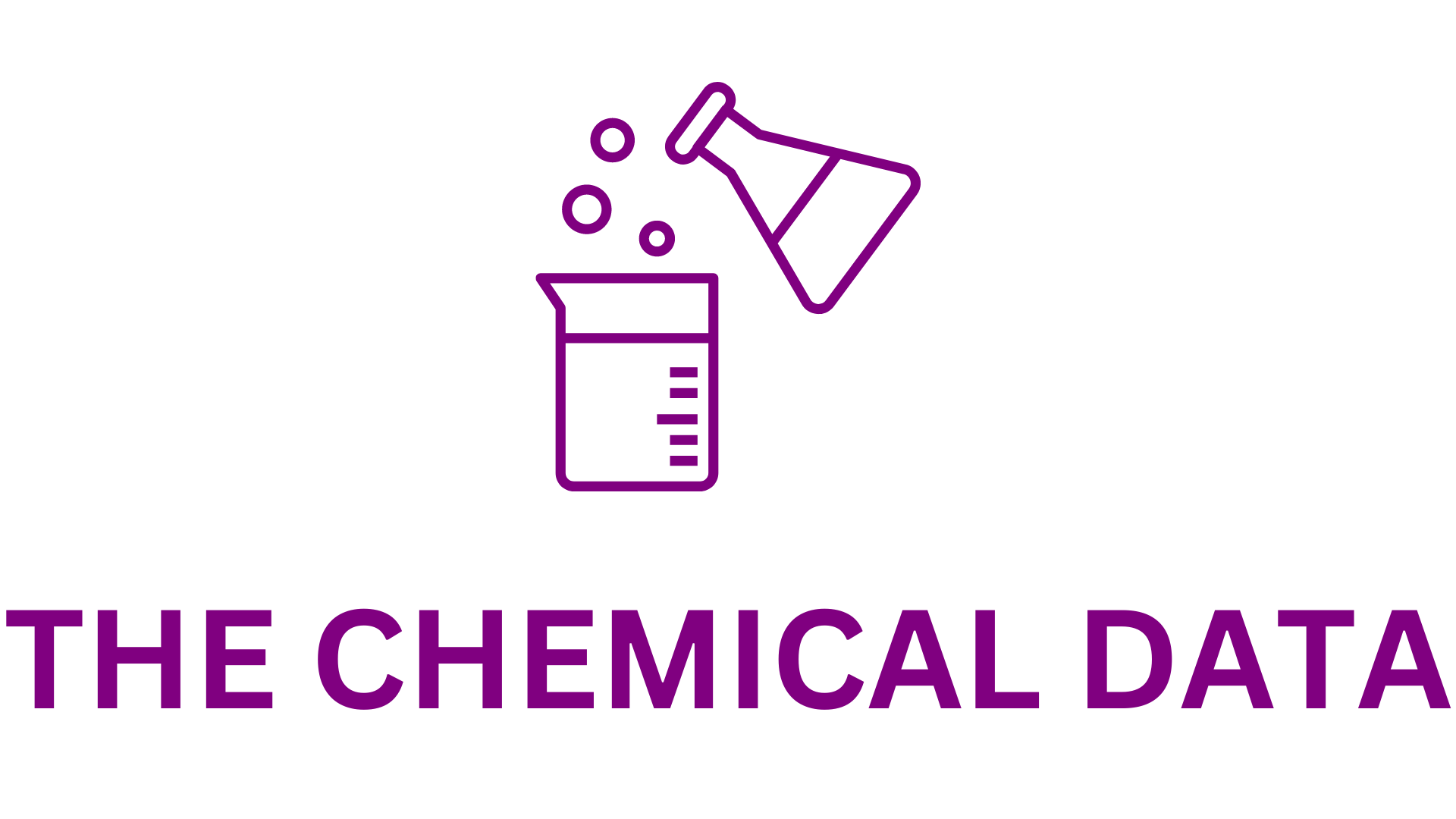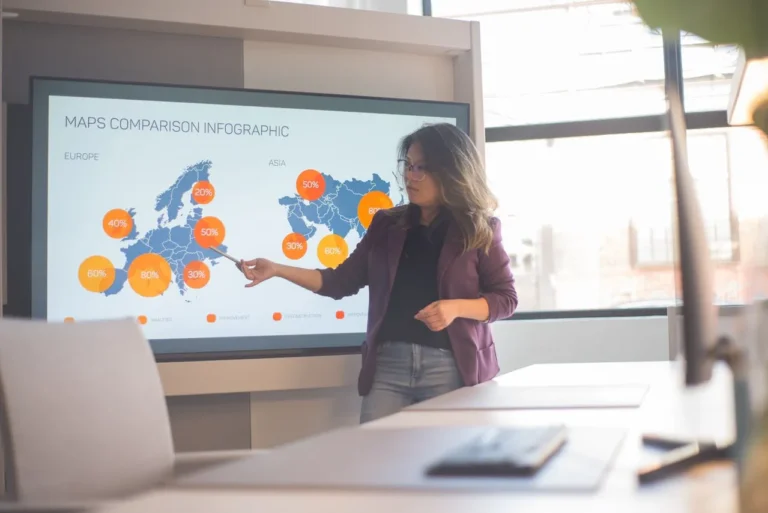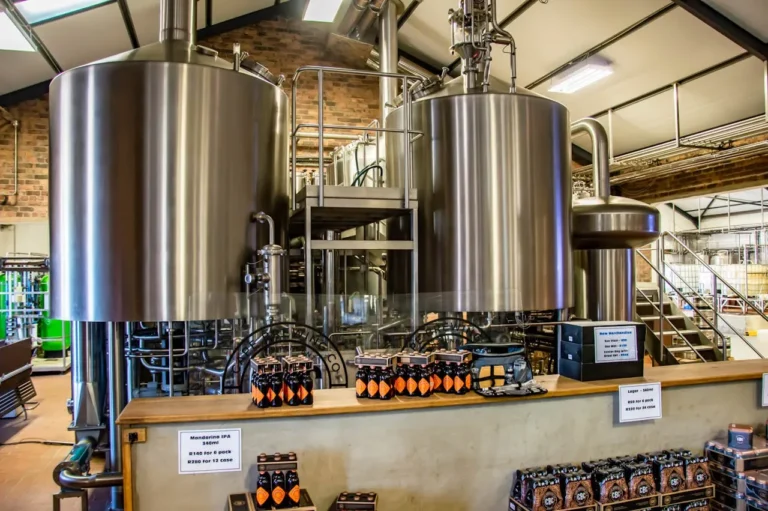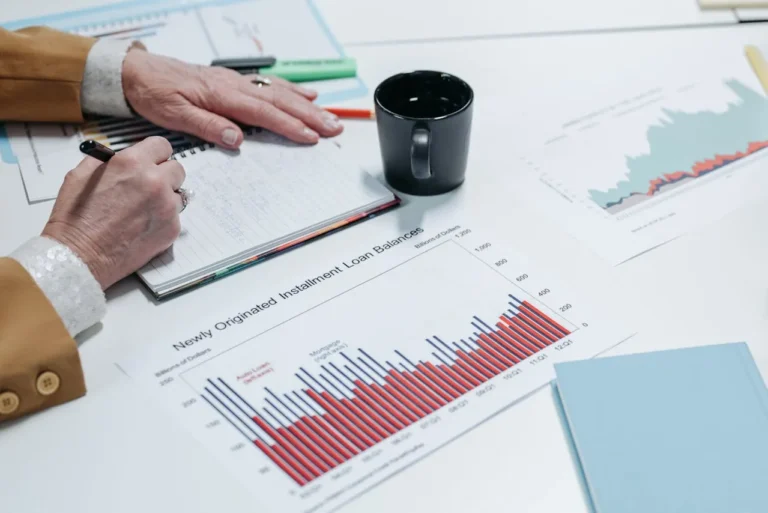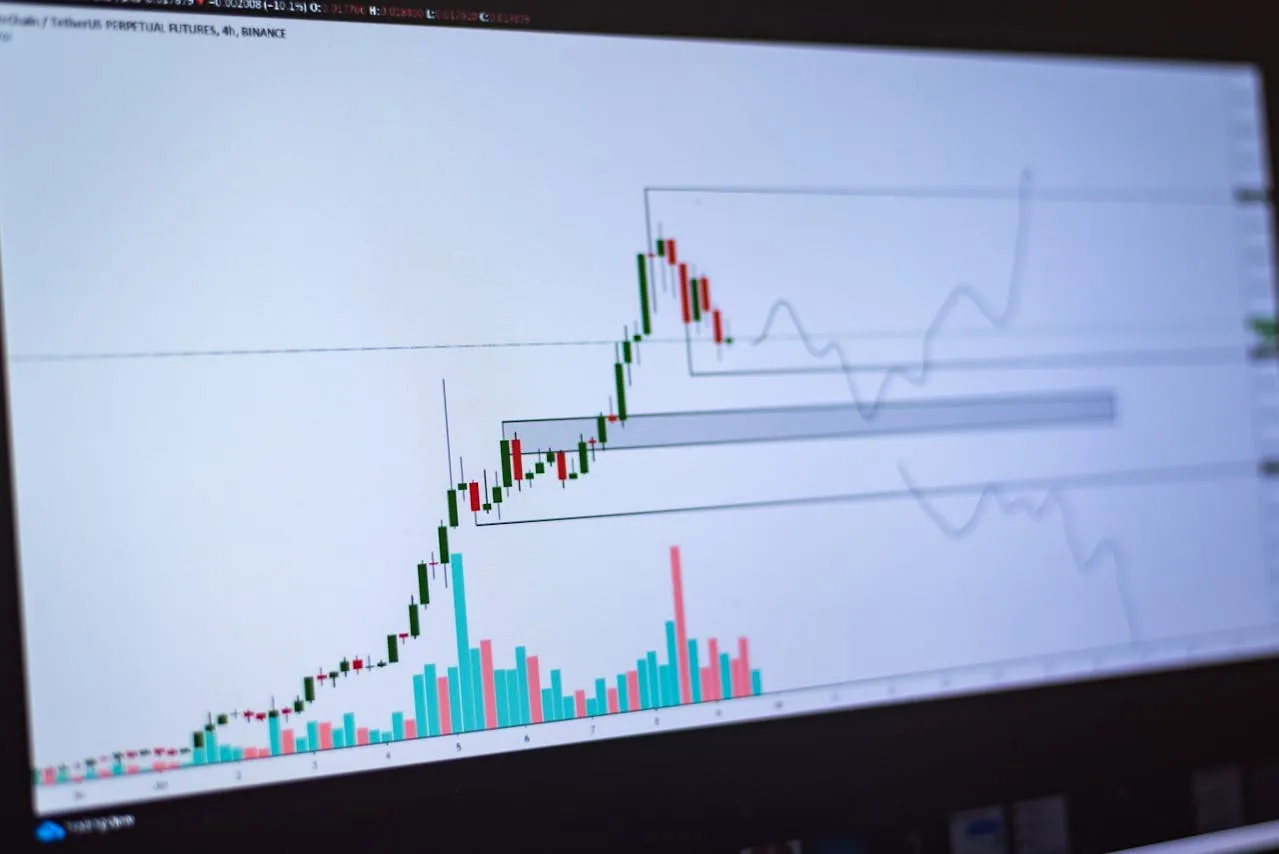
Europe RNAi Pesticides Market (2024–2034)
The Europe RNAi pesticides market is projected to grow from $10.45 million in 2024 to $49.14 million by 2034, registering a CAGR of 16.74%. This growth is driven by the rising adoption of RNA interference (RNAi) technology in sustainable farming, aimed at reducing reliance on traditional chemical pesticides.
Growing environmental awareness, supportive EU regulations, and advancements in biotechnology, integrated pest management (IPM), and precision agriculture are propelling market expansion. RNAi-based crop protection aligns with EU goals under initiatives like the Green Deal and Farm to Fork Strategy, targeting sustainable agriculture and biodiversity preservation.
Market Introduction
RNAi pesticides offer a targeted, eco-friendly method for pest control by silencing specific pest genes, minimizing harm to non-target organisms and the environment. This precision technology is gaining traction across Europe, particularly in innovation hubs like Germany, France, and the Netherlands, where biotechnology and precision farming are well-established.
Increased public-private collaboration, EU-backed R&D, and technological innovations are helping to overcome regulatory hurdles and scalability concerns. Precision agriculture tools—such as digital monitoring and site-specific applications—are enhancing the efficiency and deployment of RNAi-based solutions.
Value Proposition for Organizations
Product/Innovation Strategy:
The report outlines RNAi technologies for pest control, including sprayable formulations and genetically modified traits. It highlights innovations in RNAi delivery systems, offering insights for R&D investment and product development.
Growth/Marketing Strategy:
It identifies expansion strategies such as product launches, partnerships, and mergers. The report helps companies capitalize on the growing demand for sustainable and high-efficiency pest control solutions.
Competitive Strategy:
Detailed profiles of key market players like Bayer AG, Syngenta, and TROPIC include insights into their product portfolios, collaborations, and market positioning, helping stakeholders identify revenue opportunities.
Key Trends, Drivers, and Challenges
Trends
- Rising use of RNAi in precision and organic farming
- Increased R&D funding by agri-biotech firms and EU institutions
- Integration of RNAi with digital farming tools
- Public-private partnerships promoting sustainable farming
- Expansion of EU biopesticide development programs
Drivers
- Regulatory pressure to reduce chemical pesticide use
- Growing demand for residue-free crops
- Advances in RNA delivery and gene-silencing technology
- Resistance to conventional pesticides
- Biodiversity and ecosystem protection policies
Challenges
- Regulatory ambiguity in RNAi product approvals
- High production and development costs
- Limited awareness among farmers and end-users
- Biosafety concerns and off-target effects
- Need for region-specific efficacy data
Market Segmentation
By Application
- RNAi Insecticides
- RNAi Fungicides
- RNAi Herbicides
By Crop Type
- Cereals & Grains
- Fruits & Vegetables
- Oilseeds & Pulses
By Product Type
- Plant-Incorporated RNAi (GMO Traits)
- Sprayable RNAi (Topical Application)
By Region
- Germany
- France
- United Kingdom
- Netherlands
- Belgium
- Rest of Europe
Supply Chain & Regulatory Landscape
- In-depth pricing analysis across the RNAi value chain
- Review of EU regulatory frameworks and approval processes
- Insights into RNAi application methods and stakeholder roles
- Analysis of R&D investments and patent trends
Key Market Players
- Bayer AG
- Syngenta
- TROPIC
Each profile includes:
- Product portfolio
- Strategic initiatives
- Market share analysis
- Key customers and partners
- Company outlook and analyst insights
